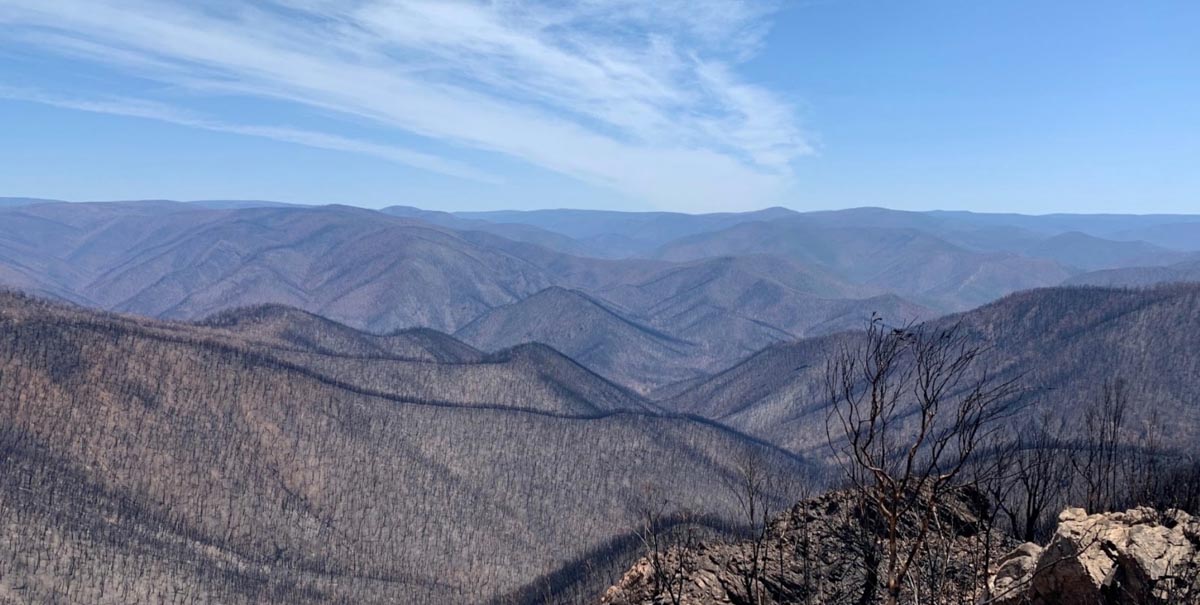
On a typical, average, or normal vegetation fire, many animals can move out of the area and others can hide underground. They even depend on periodic fires to recharge the ecosystem in some cases. But as we more often have fires that are not “normal” — extremely large and moving very rapidly — I tend to worry more about the adverse effects on wildlife. Even if they survive the fire itself, when they emerge there might be no food or shelter left for miles.
The cumulative effects of the bushfires in Australia during the 2019-2020 summer are unprecedented.
Some animals, like koalas and kangaroos, are primarily killed directly by the fires — for instance, by being incinerated in flames or choking on smoke. Nearly a third of all koalas in New South Wales have died and about a third of their habitat has been destroyed, federal environment minister Sussan Ley said in December.
Photos from the ground show koalas with singed fur, raw patches of burnt flesh, and blistered paws. Even if they are rescued and treated, sometimes their injuries are simply too extensive to survive.
Wombats have also been hit hard — they don’t cope well with heat or stress, and panic at the smell of smoke. The small, stubby-legged marsupials can’t run very fast or far, and are largely at the mercy of the flames.
“It’s just horrendous,” said Graeme Jackson, a NSW resident who has experience raising orphaned wombats. “A wombat can run 30 kilometers (per hour/18.6 mph), he can run that fast (for) short distances — and then he burns.”
The sheer scale of this season’s fires, in terms of both size and intensity, also works against animal survival—both during and after the fires. “These fires in Australia are so severe that I fear it doesn’t matter that these small animals can even find these refugia,” Anna Doty, a physiological ecologist at California State University, Bakersfield says, noting that the heat may penetrate into crevices and hollows. And this time around, the burn scars will be so large that recolonizing their interiors will take an extremely long time, especially for slower-moving species, she says.
